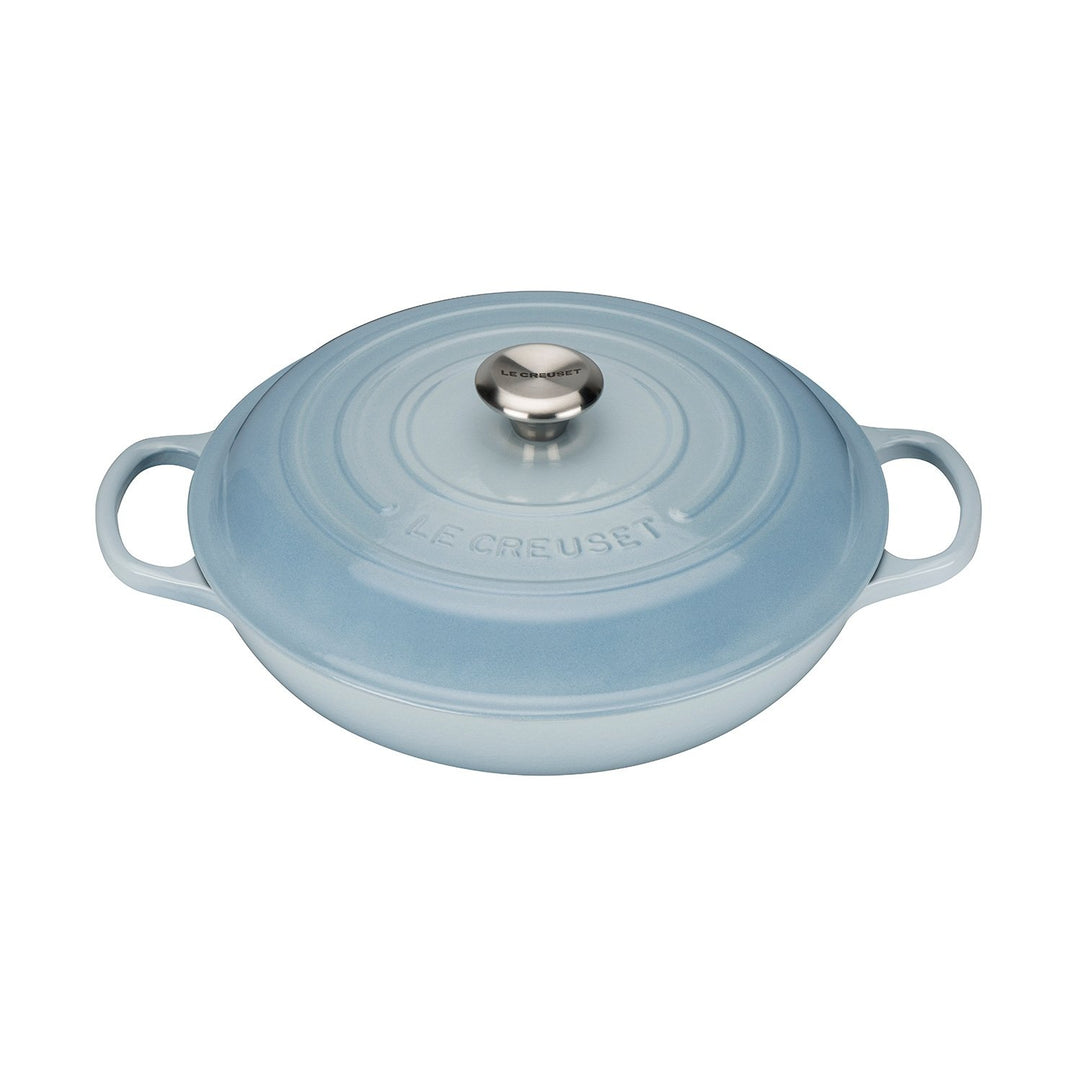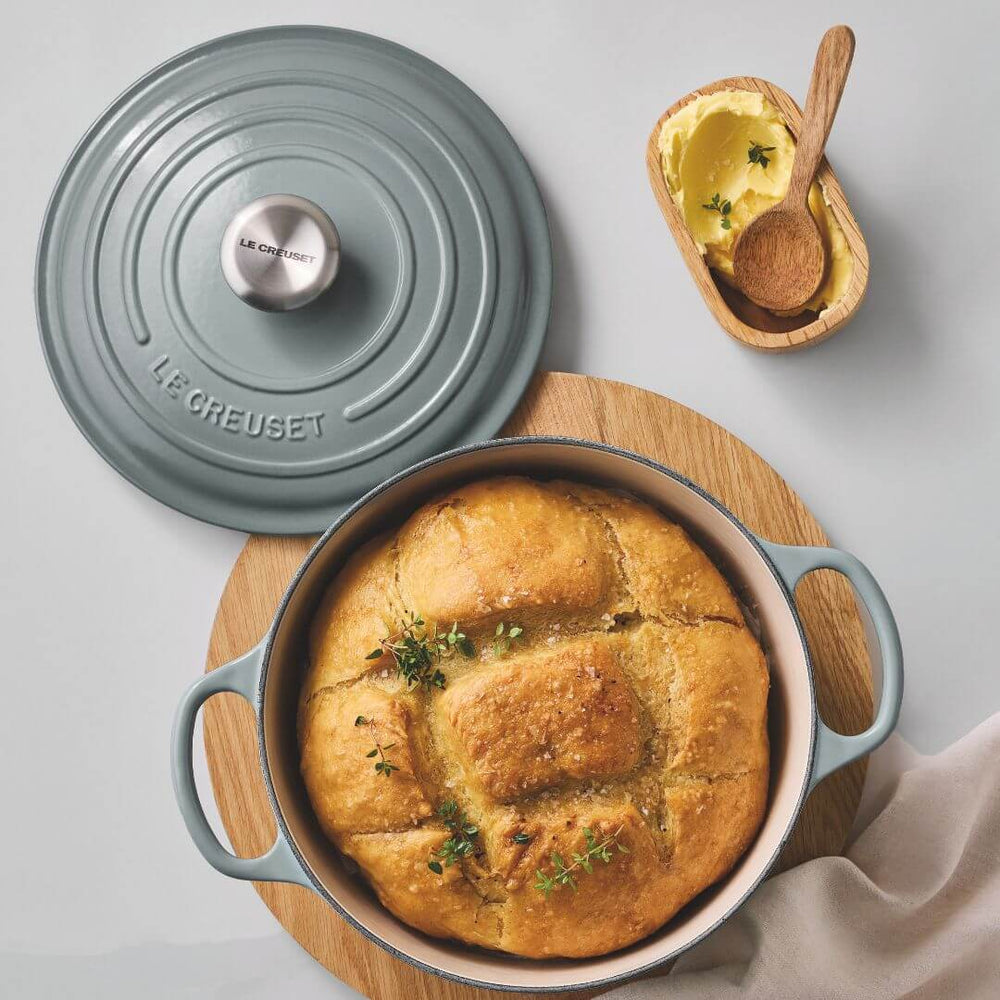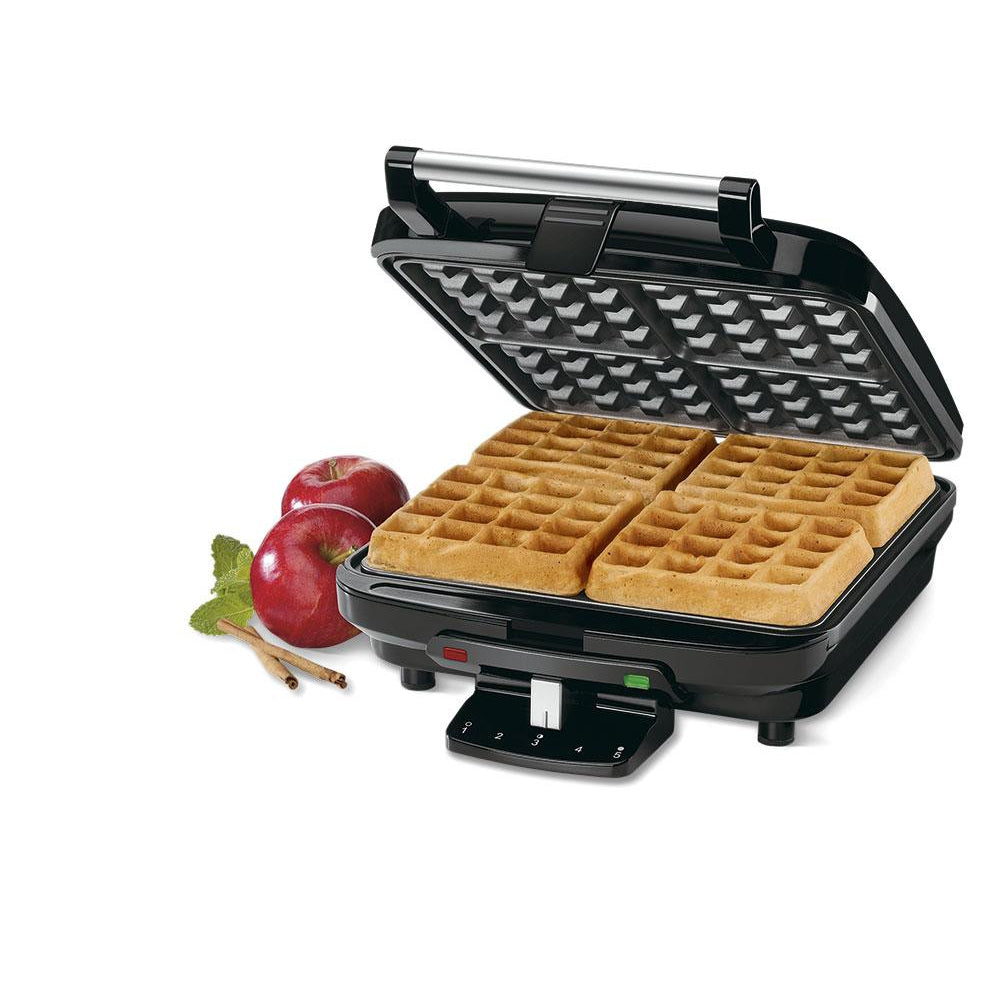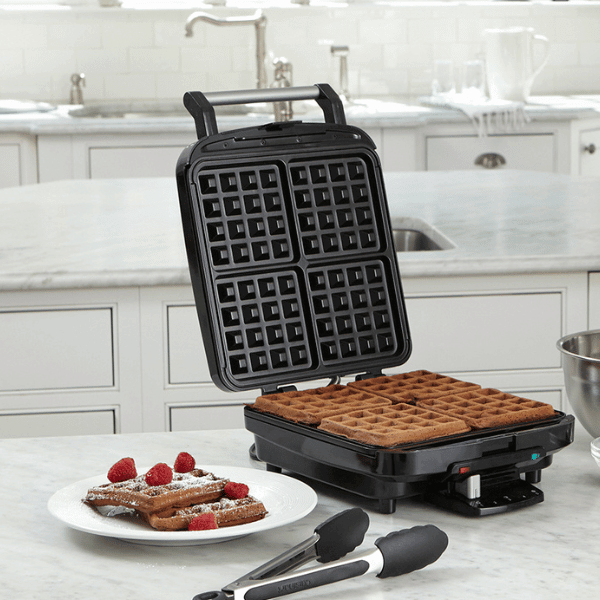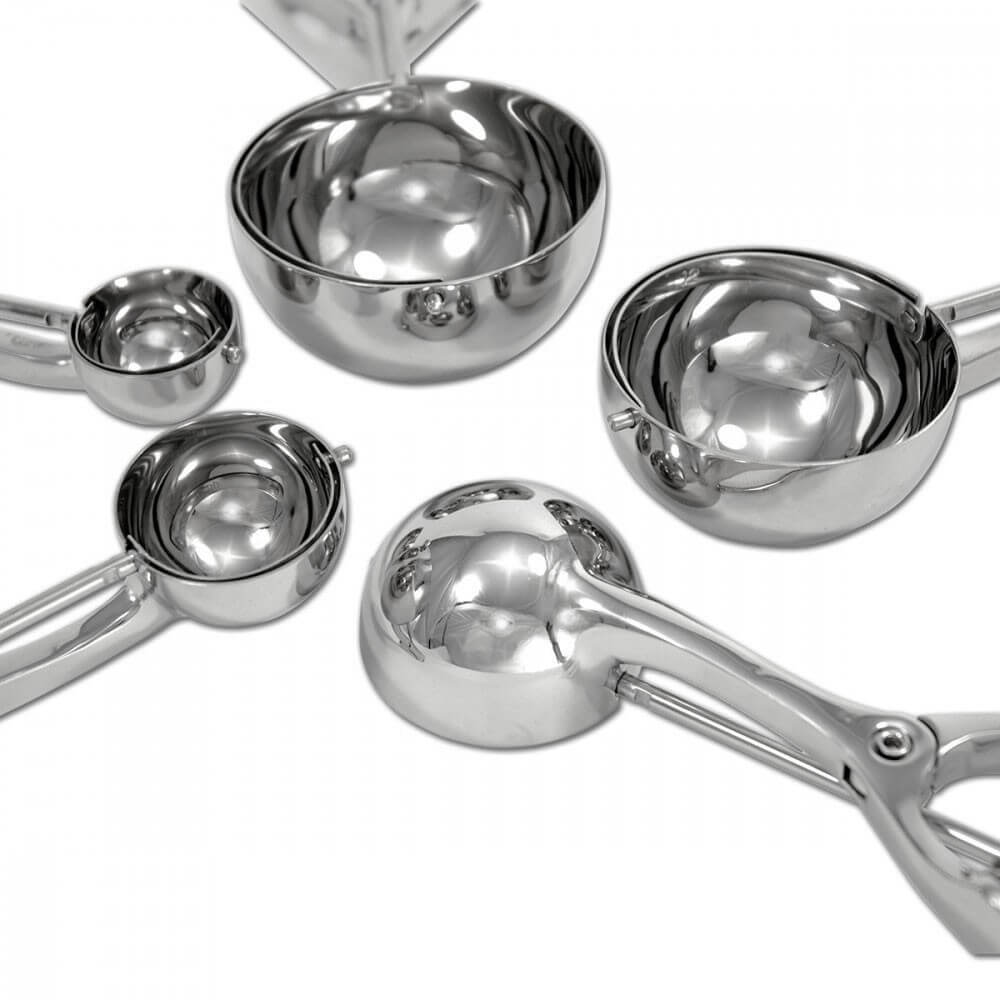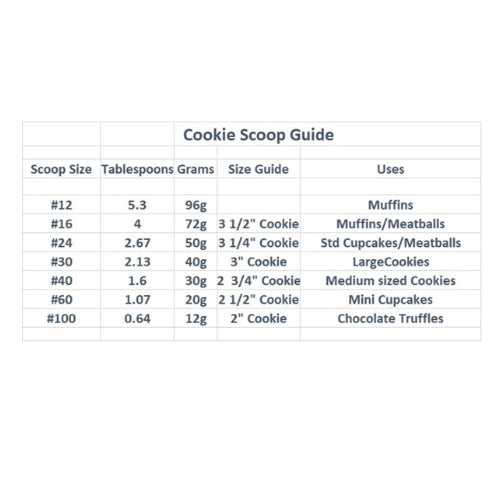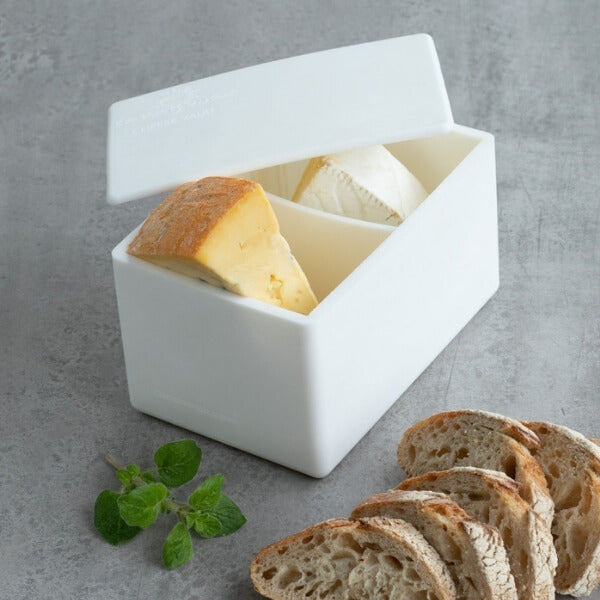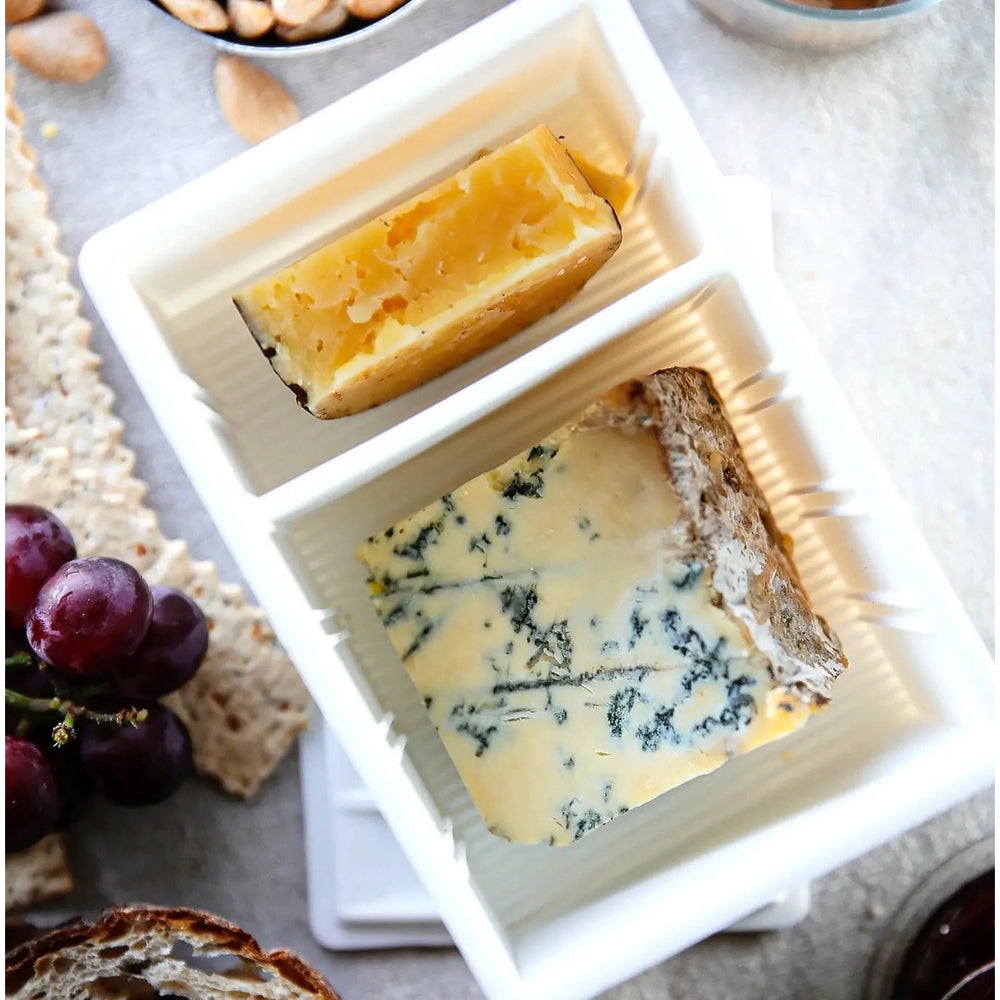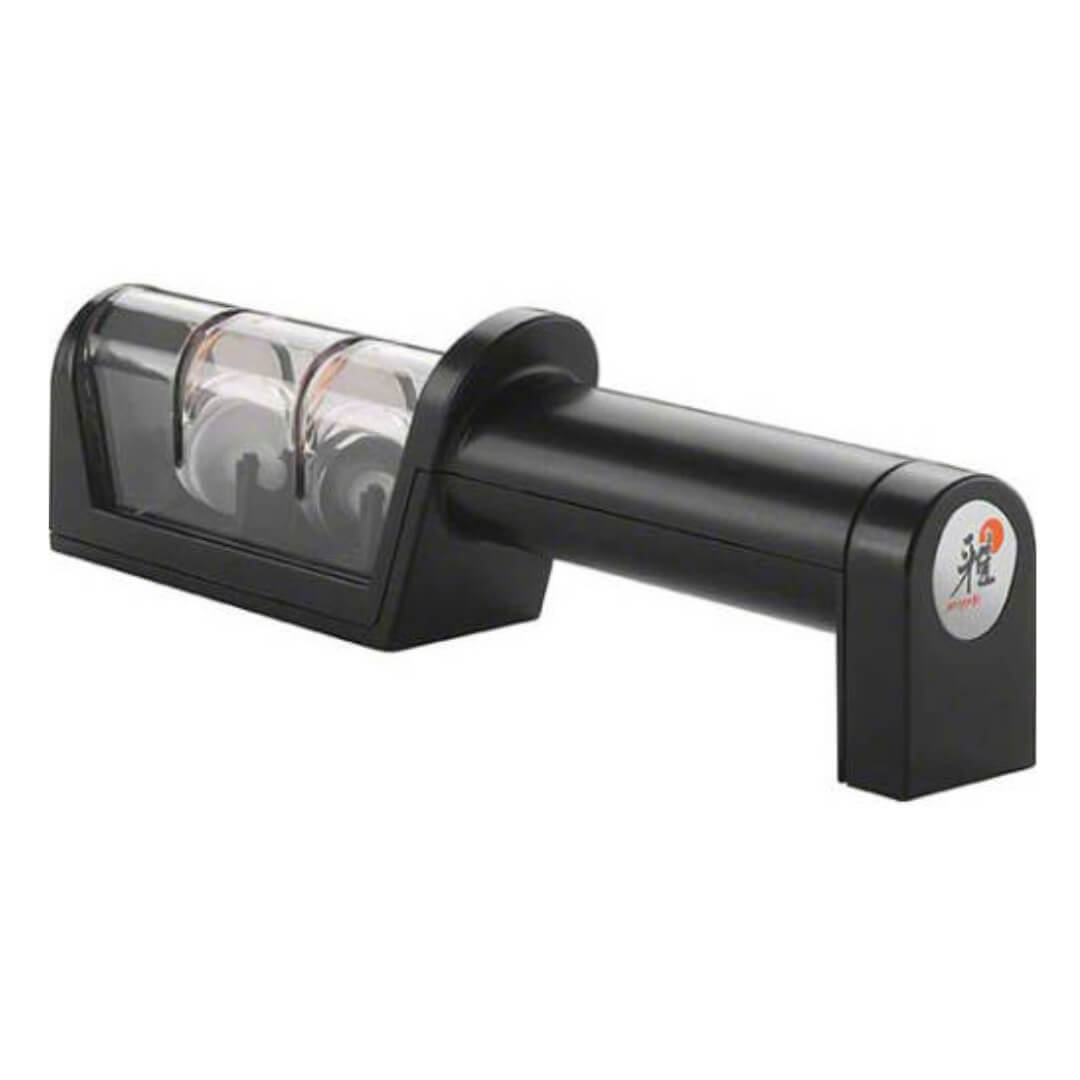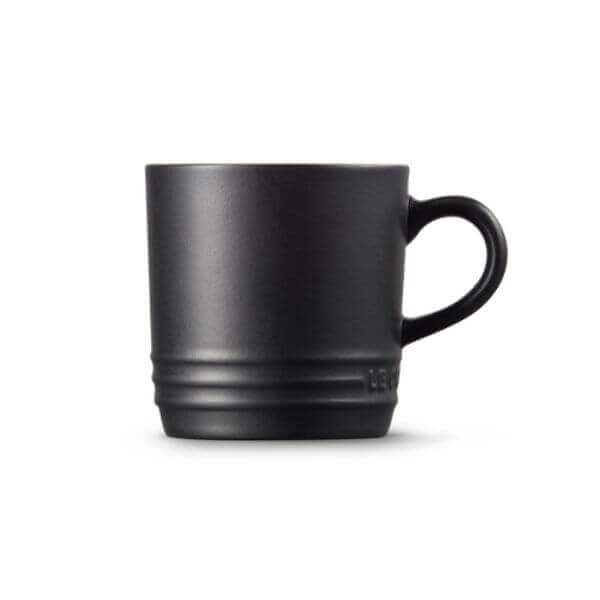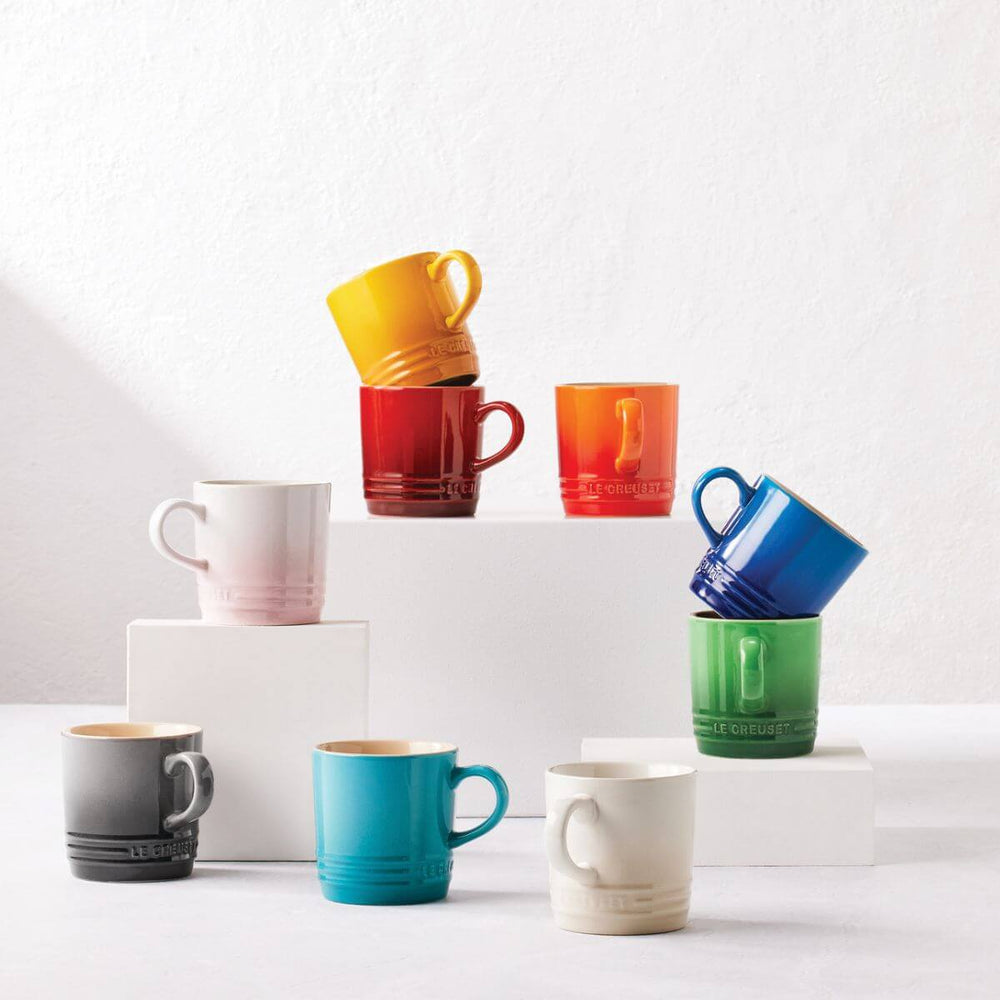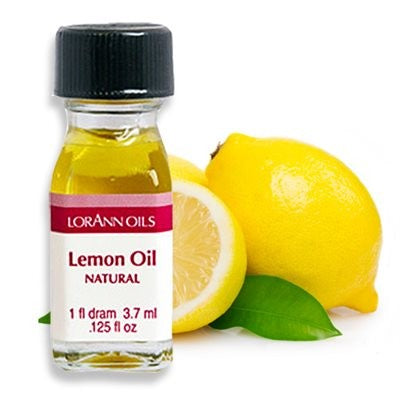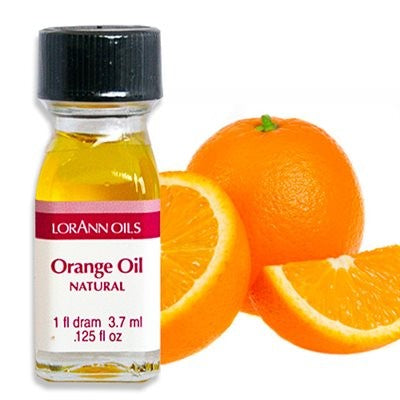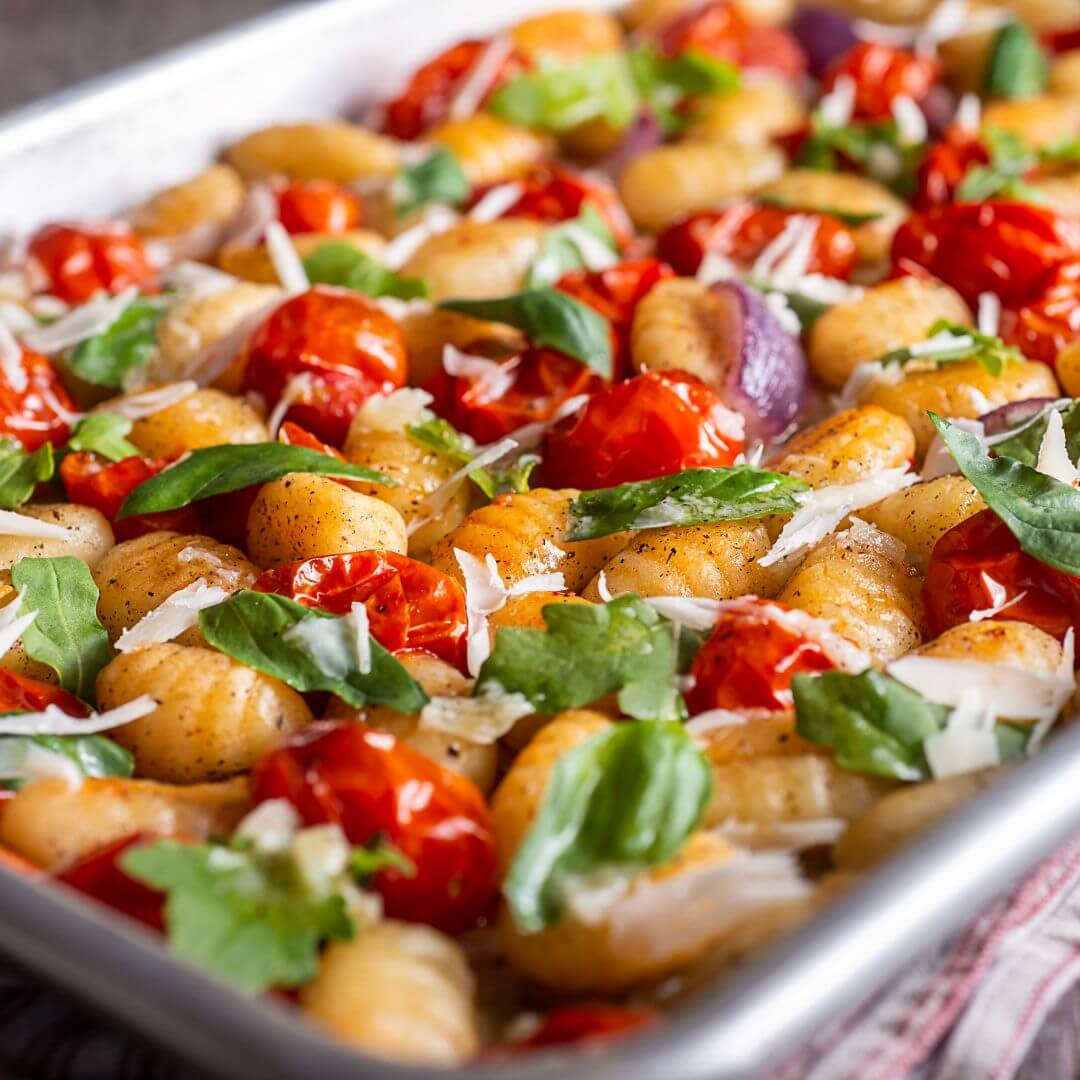Milly's 101: Sheet Pan Meals
As Winter’s chill fades (a little and, ok, not everywhere!) and there are the merest hints of Spring in the air, I find myself thinking about how we can lighten our meals to reflect the changing season without going holus bolus into full on salad mode.
My answer is to get really vege-forward, using protein to add textural contrast and deep savoury flavour and, as a working girl (but not in the ‘puttanesca’ sense), employ some kind of one size fits all technique that lets me get dinner on the table fast (and without too much or zero fuss) without sacrificing eating delicious food.
So, out with my trusty sheet pans. Sheet pan cooking is so much more than a trendy kitchen ‘hack’; it's a technique that allows anyone, from seasoned cooks with lots of time to harried parents whizzing in the door after sports practice, to serve up a delicious, well-balanced meal with minimal fuss and prep. Clean up is easy, lots can be done in advance and it’s a very good way to use up ‘last ofs’ from vege bins and pantry shelves.
The beauty of sheet pan cooking lies in its simplicity – a single pan can transform a medley of fresh ingredients into a complete meal. Lean proteins, vibrant vegetables, and judiciously chosen carbs can all be cooked together allowing busy families to enjoy budget friendly, home cooked flavours mid-week (and without resorting to expensive takeaways). And the bonus is that, after a quick bit of chopping and maybe some marinating or basting, once it’s in the oven dinner takes care of itself so it’s feet up with a glass of wine for the cook (which we love).

So, here are our tips for successful one-pan cooking:
Choose Your Ingredients Wisely
Successful sheetpan cooking comes from choosing ingredients that play nicely together. And by that we mean: they’re reasonably even in size and shape (or can be cut to even shapes); they’re not going to give off too much liquid or fat which will drown other ingredients; they’re happy to be cooked at a similar temperature.
Opt for proteins that cook evenly and reasonably quickly, such as salmon and other robust fish fillets, chicken breasts or thighs, meatballs, lamb cutlets, prawns, etc. When it comes to vegetables, think about cooking times and water content. Dense vegetables like carrots or kumara may need a head start, while tender spring vegetables like asparagus and wee zucchini can be added later.
And think about minimising waste by checking out the contents of your vegetable drawer and pantry shelves for what needs to be used. Think about how you’re using your ingredients – lemon zest can be used in a marinade for example while you use the juice in a finishing dressing; fresh herbs can be used in both a marinade and then strewn fresh over the top of the finished meal.
Let’s get started:
You need the right tools. A good-quality, heavy, rimmed baking sheet (the other word for a sheet pan) is essential. Line it with parchment paper or a silicone mat for easy cleanup and to prevent sticking without employing excess oil. A fish spatula or wide metal spatula will help you flip and remove ingredients without breaking them up.
Prep your ingredients uniformly to ensure even cooking. Cut vegetables to similar sizes, and if using meat or fish, try to select pieces of consistent thickness. Pat proteins dry before seasoning which will allow better caramelisation and browning (ie flavour).

A final dressing before it’s off to the oven:
All your ingredients will benefit from a spritz of oil of your choice (I like a light olive for most things but when I’m leaning Asian inspired I prefer a neutral oil with a drip or two of seame) which will keep ingredients moist and promote caramelisation (which equals flavour) and browning. Salt and pepper are a no brainer.
And then the world’s your oyster with spice/condiment combos as sheet pan meals make the perfect canvas for ringing the changes ie chicken thighs ten ways (or that my kids used to complain about!).
Here are some of my favourite combos:
1. Mediterranean: Combine chicken with cherry tomatoes, olives, and artichoke hearts or baby potatoes. Season with oregano, thyme, and a sprinkle of za'atar.
2. Asian-inspired: Pair salmon with bok choy, broccolini, mushrooms, etc and season with ginger, garlic, a little soy and and a dash of sesame oil.
3. Mexican: Mix chicken thighs with canned chickpeas, peppers, red onions, garlic etc. Season with cumin, coriander, and chili powder.
4. Indian spices: Combine chicken drums, cauliflower, chickpeas and some sort of sweet potato. Season with garam masala, turmeric, and mustard seeds plus, of course, ginger and garlic.
You may need to stagger your timing:
It kind of makes sense that pieces of potato or kumara are going to need longer in the oven than, say, cherry tomatoes. I often consider my ‘groups’ of ingredients and have them in oiled and seasoned in separate bowls ready to add at the perfect time (bonus that all this can be done in the morning or even the night before) but, again, that’s not a rule. Prep and season separately or in one big bowl – try it both ways and see which works best for you.

Here's a general guide to how I do it:
1. I start with my dense ingredients (potatoes, carrots, onions, kumara, pumpkin) and any proteins that need longer cooking times.
2. After about 10-15 minutes, I add my quick cooking proteins (like salmon fillets and large prawns) and medium-density vegetables such as capsicums, field mushrooms, baby potatoes, etc.
3. In the last 5-10 minutes,I add quick-cooking vegetables like asparagus, cherry tomatoes and sliced zucchini.
4. Sometimes I will add a handful of spinach and/or fresh herbs that I just want to wilt and I add these with just a couple of minutes to go.
Remember, these times are approximate and may vary based on your oven and the specific ingredients used. Keep an eye on your meal and adjust as needed. And don’t be afraid to open the oven door – we’re not baking here and poking and peering is positively encouraged.
Finishing Touches
Finally, I always add ‘a little sprinkle and a little drizzle’ which can freshen and lighten flavours and add another layer of texture. Here are some ideas:
1. Citrus: A spritz of fresh lemon, orange or lime juice adds brightness and can help to balance rich flavours.
2. Fresh Herbs: Scatter chopped parsley, basil, dill, mint and lots of fresh Italian parsley over your finished dish for pops of flavour and colour.
3. Finishing Oils: A judicious drizzle of good extra virgin olive oil or a flavoured oil (like chili, citrus or herb-infused) can add depth and richness.
4. Sauces and Vinegars: Little dollops of yogurt- or sour cream-based sauces, a drizzle of balsamic glaze, or a spoonful of chimichurri can add complexity and moisture.
5. Textural Elements: Toasted nuts, seeds, or crispy chickpeas can add a welcome crunch to contrast with the softer roasted vegetables.
Remember, there’s is no right a wrong here. It’s your dinner so you do you and don't be afraid to experiment with different combinations especially if you’re needing to use up end of life ingredients.
Happy cooking!


